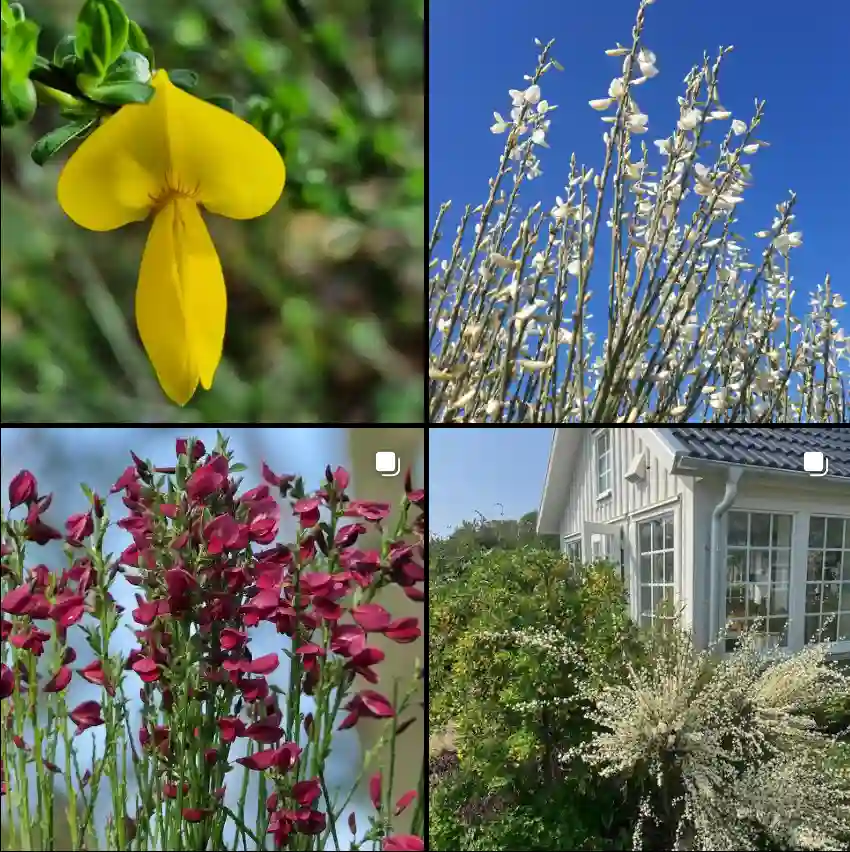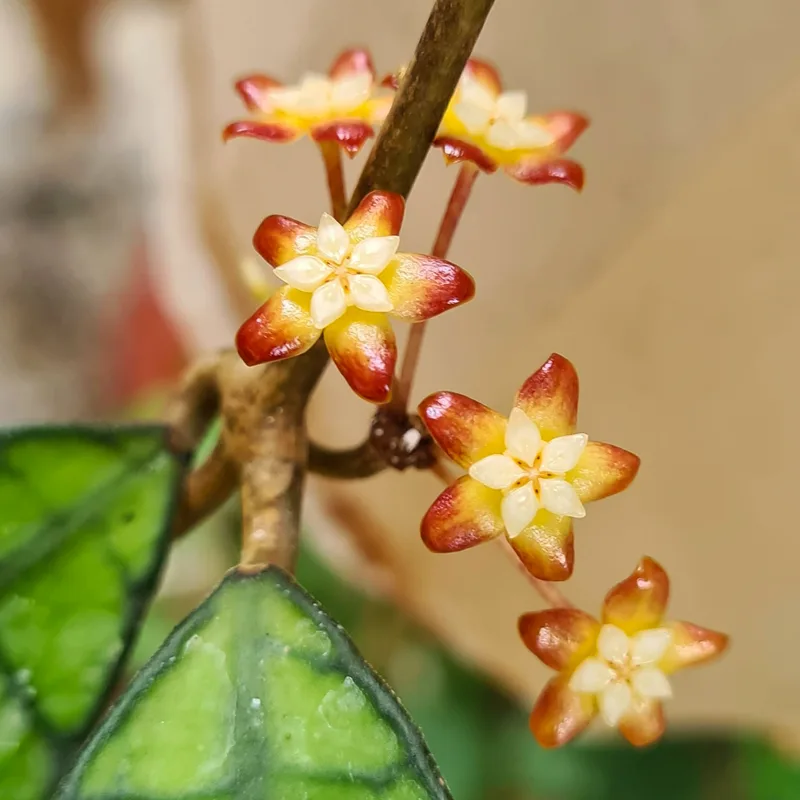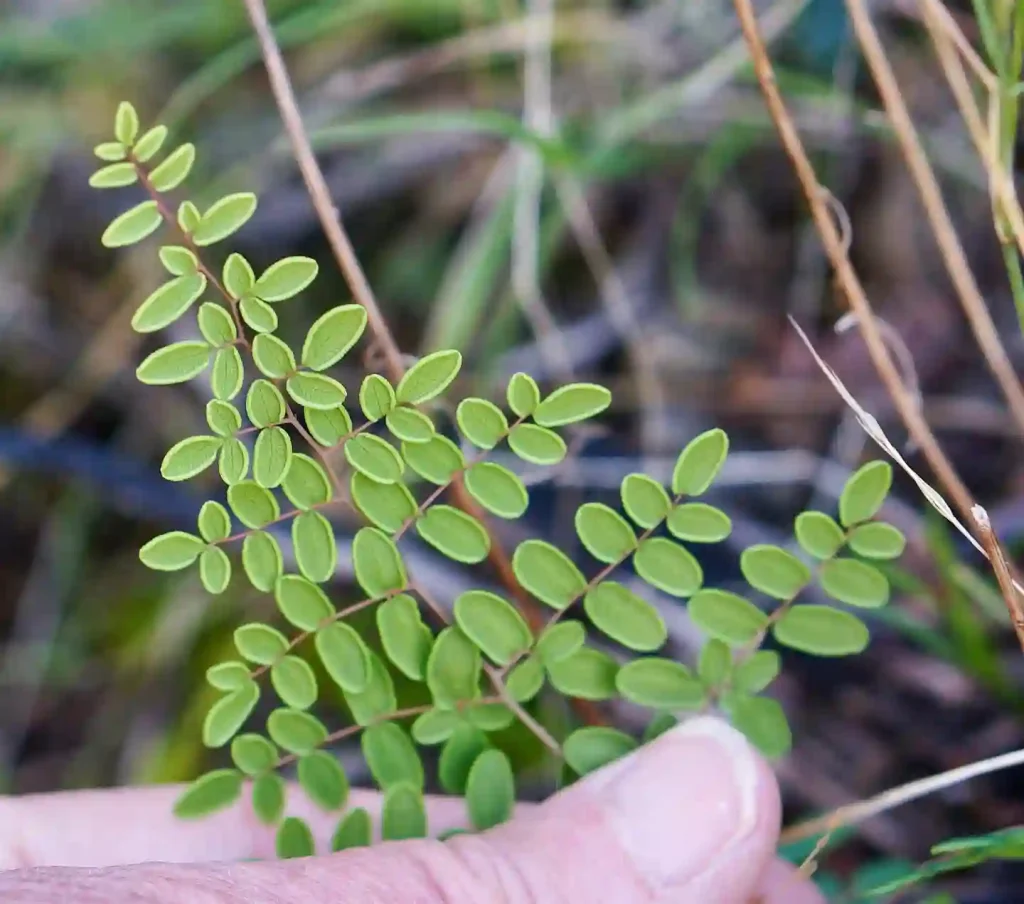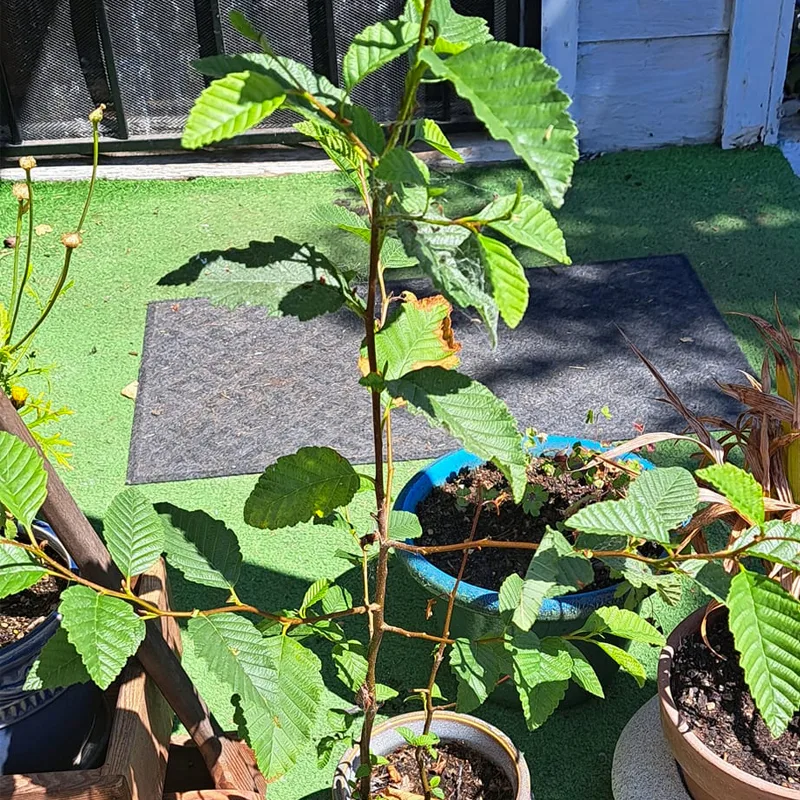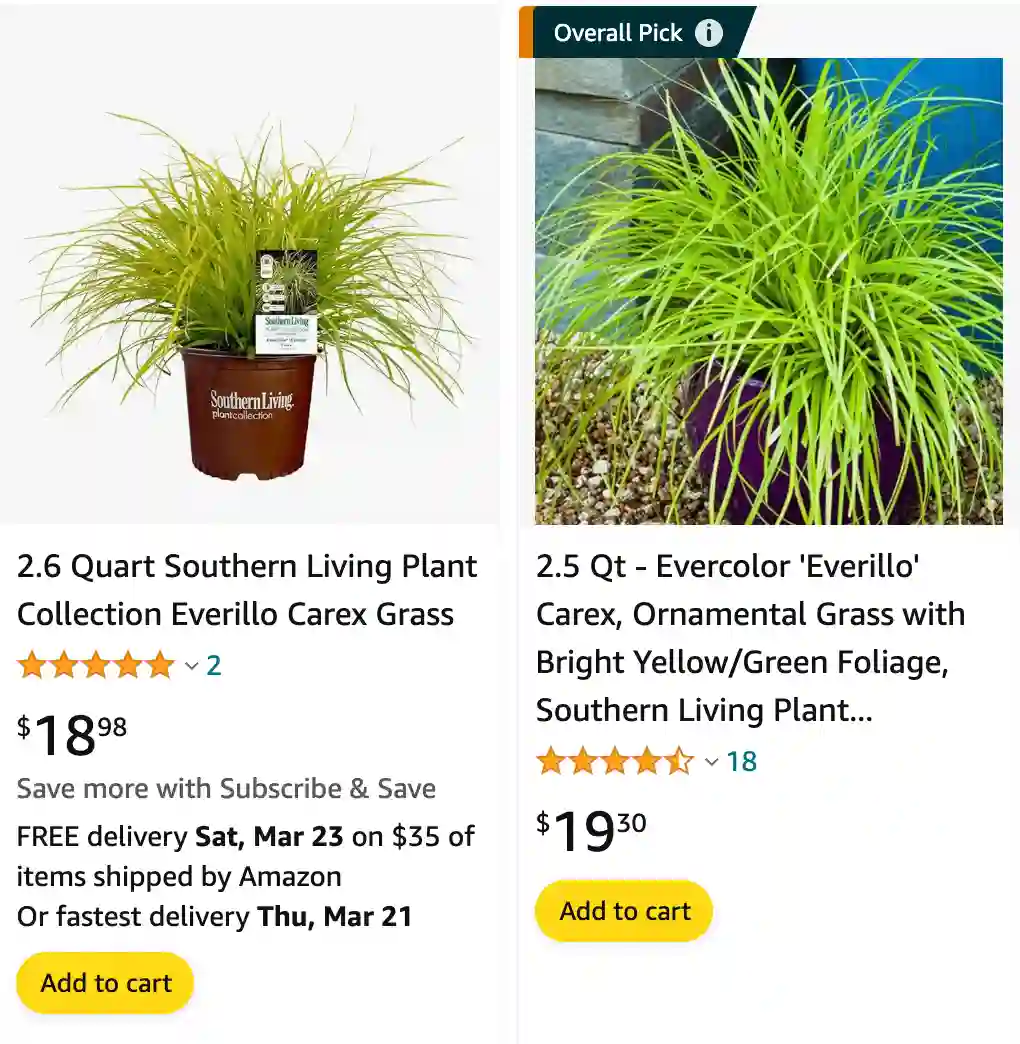
Carex Everillo: A Bright Spot in My Shade Garden
As a gardener with a penchant for low-maintenance plants that add year-round interest, I was thrilled to discover Carex Everillo. This ornamental grass, also known as Japanese Sedge ‘Everillo,’ has quickly become a star player in my shade garden. Its vibrant lime green foliage that transforms to a golden yellow hue as the season progresses brings a touch of sunshine to even the darkest corners. But Carex Everillo’s charm goes beyond its dazzling looks. It’s a remarkably easy-to-care-for plant, making it perfect for busy gardeners like myself.
In this article, I’ll share my experience with Carex Everillo, delving into its characteristics, care requirements, and how it can enhance your garden.
2324 Species in Genus Carex
What is Carex Everillo?
Carex Everillo is a compact, clump-forming evergreen sedge belonging to the Carex oshimensis species. It’s known for its vibrant lime green foliage that matures to a golden yellow, adding a pop of color throughout the year. Unlike many ornamental grasses, Carex Everillo boasts a soft, graceful texture with its narrow, arching leaves. In early summer, it produces inconspicuous brown flower spikes, but the true star of the show remains the foliage.
This shade-loving beauty thrives in USDA zones 5a to 9b, tolerating temperatures as low as -10°F to -20°F. It matures to a height of 12-18 inches and a spread of 12-18 inches, making it ideal for borders, containers, or even as a groundcover.
Carex Everillo vs Evergold
I’ve found that Carex Everillo brings a vibrant, chartreuse hue to my garden that really stands out, while Carex Evergold has a more subdued golden shade that’s equally lovely but doesn’t pop as much in my landscape.
How to Care for Carex Everillo?
One of the things I love most about Carex Everillo is its low-maintenance nature. Here’s what you need to know to keep this beauty thriving in your garden:
- Light: Carex Everillo prefers partial shade to full shade. In very hot climates, some morning sun can be beneficial, but avoid harsh afternoon sun exposure that can scorch the leaves.
- Water: Water your Carex Everillo regularly during the first growing season to establish a strong root system. Once established, it’s fairly drought tolerant, but consistent moisture will promote better growth. Aim to keep the soil evenly moist but not soggy.
- Soil: This adaptable plant prefers well-drained soil. If your soil is heavy clay, consider amending it with compost or sand to improve drainage.
- Fertilizer: Carex Everillo is not a heavy feeder. A light application of balanced fertilizer in early spring is sufficient.
- Pruning: While not strictly necessary, you can lightly prune Carex Everillo in late winter or early spring to remove any brown or dead leaves.
Can You Divide Carex Everillo?
Absolutely! Dividing is a great way to propagate Carex Everillo and create more plants for your garden or share with friends. The ideal time for division is in early spring or fall when the plant is actively growing. Here’s how to do it:
- Dig around the base of the Carex Everillo clump using a shovel.
- Carefully lift the entire clump out of the ground.
- Using a sharp knife or spade, gently divide the clump into smaller sections, ensuring each division has a healthy portion of roots and leaves.
- Replant the divisions in prepared holes, ensuring the crown of the plant sits at the same level as the surrounding soil.
- Water the newly planted divisions thoroughly.
Is Carex Everillo Deer-Resistant?
Another big plus for me is that Carex Everillo is considered deer-resistant. Deer tend to find the foliage unpalatable, making it a great choice for gardens where these browsing herbivores pose a threat.
What to Plant with Carex Everillo?
Carex Everillo’s versatility makes it a wonderful addition to various garden settings. Here are some ideas for companion plants:
- Hostas: The contrasting textures and colors of Carex Everillo and hostas create a stunning combination.
- Ferns: Ferns share Carex Everillo’s preference for shade and add a lush, green backdrop.
- Heuchera (Coral Bells): The colorful foliage of heuchera complements the golden tones of Carex Everillo beautifully.
- Spring Bulbs: Plant spring bulbs like daffodils or tulips amongst Carex Everillo to enjoy a burst of color in early spring.
Conclusion
Carex Everillo has become a cherished member of my shade garden. Its vibrant foliage, low-maintenance nature, and deer resistance make it a winner in my book. Whether you’re a seasoned gardener or just starting out, Carex Everillo is a fantastic choice for adding year-round interest and texture to your shady haven.
If i die, water my plants!
